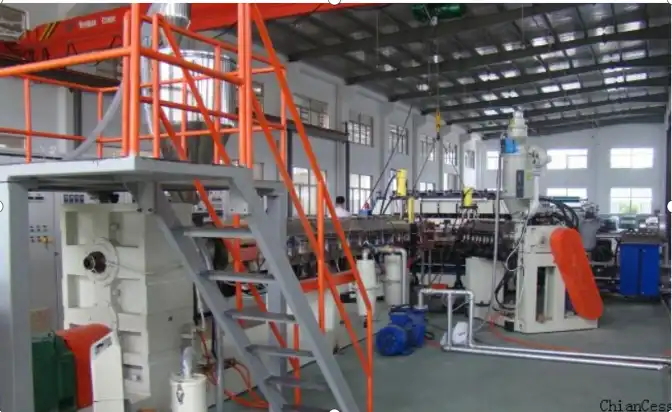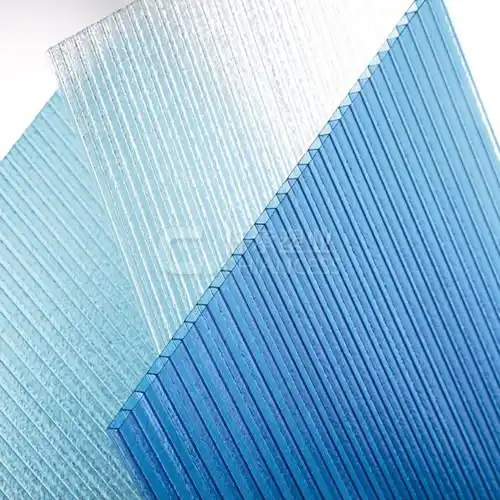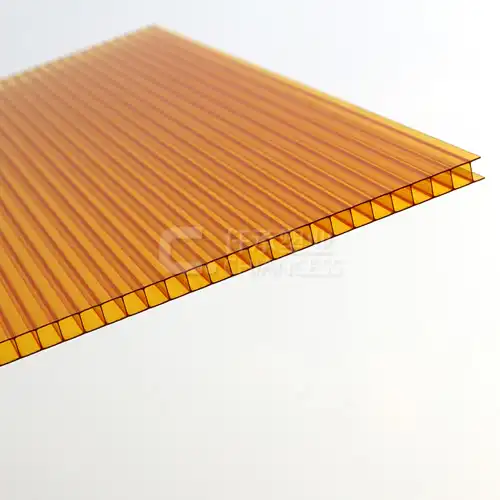June 4, 2025
Main functions of the polycarbonate sheets extruder
The main extruder used in the production of polycarbonate sheets is an extruder, whose main function is to transform solid plastic into a uniform melt by heating, pressurizing and shearing, and to send the melt to the next process. The production of the melt involves mixing additives such as masterbatch and re-crushing. The finished melt must be uniform in concentration and temperature. The pressure must be large enough to extrude the viscous polycarbonate raw polymer through a barrel with a screw and spiral cutter to complete all the above processes. The polycarbonate pellets enter the barrel through a hopper at one end of the barrel and are then conveyed to the other end of the barrel by the screw. In order to have enough pressure, the depth of the screw thread decreases as the amount of pressure to the hopper increases. External heating and internal heat generated by friction between the polycarbonate and the screw soften and melt the raw materials.
Components of polycarbonate sheets Extruder
Components of a polycarbonate sheets extruder An extruder usually consists of at least three sections. The first section, near the hopper, is the feeding section. Its function is to allow the material to enter the extruder at a relatively stable rate. Generally, this section will be kept at a relatively low temperature to avoid clogging of the feeding channel.
The second part is the compression section, where the melt is formed and the pressure increases. The transition from the feeding section to the compression section can be sudden or gradual (smooth). The last section is the metering section, which is close to the extruder outlet. The main function is to ensure that the material flowing out of the extruder is uniform. In this section, the polycarbonate material should have enough residence time to ensure the uniformity of composition and temperature. At the tail of the barrel, the raw material melt leaves the extruder through a head, which is designed to an ideal shape, and the extruded melt flow passes here.
Another important part is the extruder drive mechanism. It controls the speed of the screw, which determines the output of the extruder. The power required is determined by the viscosity of the polymer (resistance to flow). The viscosity of the polymer depends on temperature and flow rate, and decreases with increasing temperature and shear force. Extruders are equipped with filters that can block impurities on the filter. To avoid downtime, the filter should be able to be replaced automatically.

This article was created by Chianess. If you have any product inquiries, please contact: simon@chiancess.com
.webp)
















